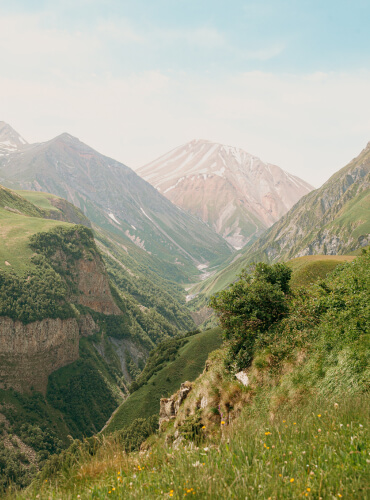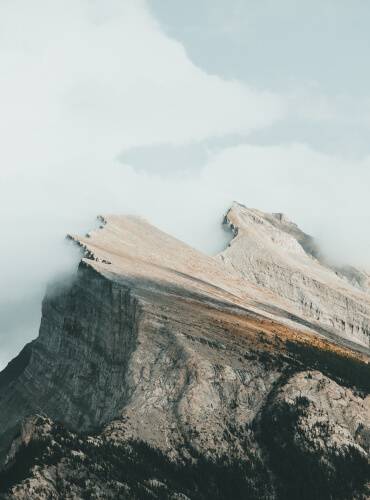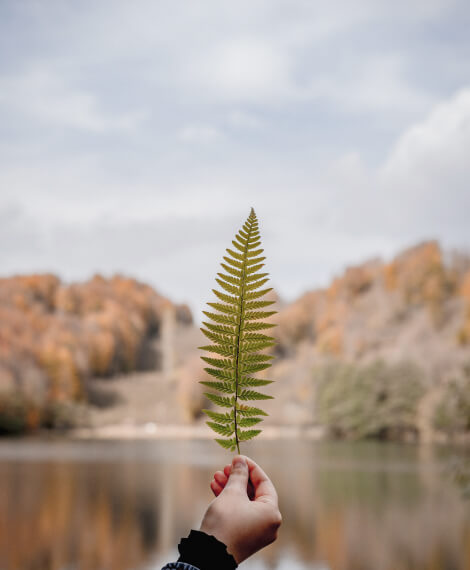
Our Services

Brand Identity Clarity & Market Positioning
We diagnose the gaps in your brand presence and create a strategy to position you as the leader.

Digital Visibility & Thought Leadership Strategy
We turn the website into a lead-generating authority hub and position you as thought leader.

The Digital Brand Domination System
We create an ongoing content & visibility system that keeps your brand in front of the right people.
“Original and with an innate understanding of their customer’s needs, the team at Love Nature are always a pleasure to work with.”
Jane Miller
My Story
I was always a bookworm — writing was how I bought my next story.
What started as a side hustle for books turned into a career in digital marketing. I mastered SEO, chased algorithms, and helped businesses rank.
But here’s the truth I learned fast:
Visibility without authority means nothing.
Traffic doesn’t pay bills. Trust does.
So I pivoted. I stopped selling SEO and started building brands that lead, not follow.
Now, I help businesses go from seen to remembered.
Because in the digital world, authority isn’t optional — it’s the advantage.
ABOUT US

Our Blogs
QUESTIONS?
Whether you’re curious about features, a free trial, or even press, we’re here to answer any questions.
